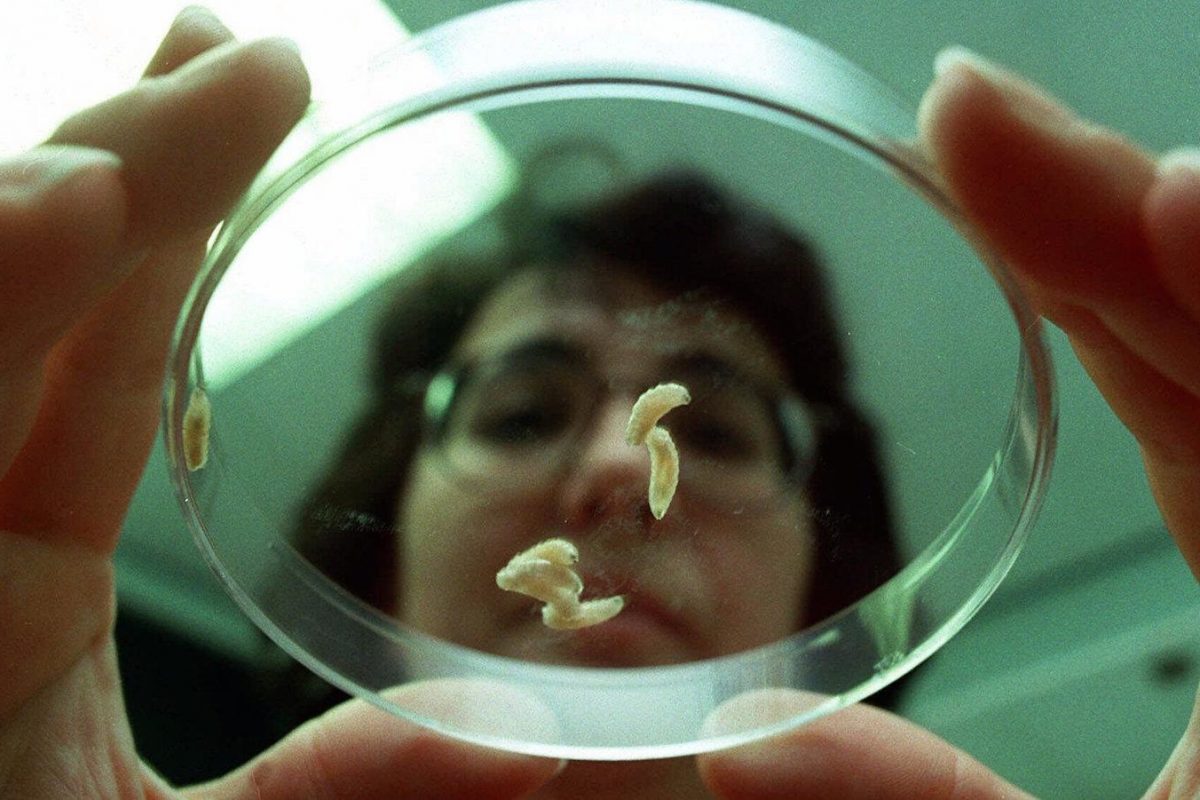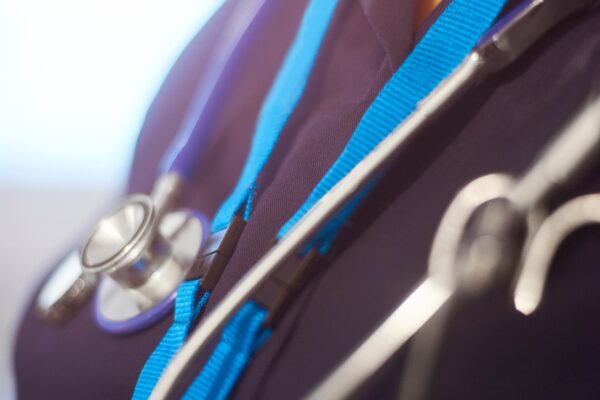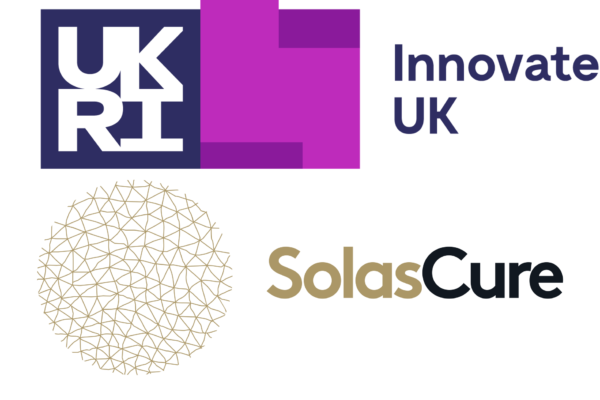Maggot therapy, the unpleasant practice of introducing living fly larvae into wounds to remove dead and dying tissue, is astonishingly effective. Its popularity can be traced back to ancient cultures around the world[1]. For millennia people had observed that maggots were able to effectively clean wounds, but only in the 20th century was it possible to attempt to use them in a more systematic and deliberate way, as a “treatment”. Due to their widely accepted efficacy, today maggots can be found in controlled clinical settings to clean chronic wounds, secreting digestive enzymes of which some specifically break down the fibrin networks found in necrotic tissue.
Unsurprisingly, however, there are drawbacks to this centuries-old practice. The psychological “yuck-factor” associated with these creatures cannot be understated, meaning their clinical use can be traumatic for both patients and healthcare providers alike. Furthermore, using maggots to clean chronic wounds in a hospital is a challenge in itself since sterile rearing, shipment, and application require highly trained personnel and complex infrastructure. As a result, this approach is not accessible to most patients who may benefit from it.
At SolasCure, we are using a biomimicry approach to tap into the great advantages of this therapy without its limitations, with the development of our first investigational product Aurase Wound Gel.
According to US-based Biomimicry Institute, an organisation dedicated to promoting nature-based solutions for a healthy planet, “SolasCure learned from maggots that the cleaning of wounds is sped up greatly by the action of an enzyme the maggots produce naturally and humans have been able to reproduce synthetically. By formulating a care protocol combining use of the enzyme with traditional bandages and wound cleansing, they’re mimicking one of life’s natural processes in an innovative way.”
When looking into the nature of the proteins that maggots express, it became apparent that one dominated the others when feeding on fibrin-rich substrate like wound debris and interestingly has similarities with digestive proteins found in a large part of the animal kingdom.
We are, therefore, focusing our research on simpler ways to deliver it in an outpatient or home setting. The medical use of Aurase Wound Gel is being developed to accelerate wound cleaning. Our goal is to find a solution to painful or inadequate debridement procedures such as surgical or autolytic debridement and improve the outcomes of patients with chronic wounds in all settings: hospitals, nursing homes, or home care.
Aurase Wound Gel is currently undergoing Phase 2a clinical testing in the UK, US and Hungary.








